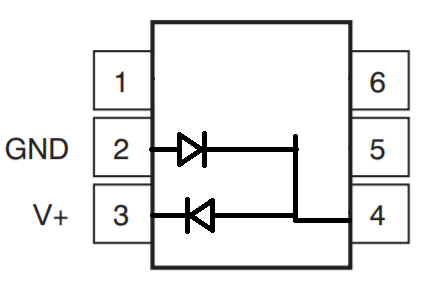Other Parts Discussed in Thread: TIDA-00302, INA168
I really would like to use a particular current shunt monitor in my system; however, the input voltage ratings are a little lower than what is required.Fortunately there is a little footnote beneath the Absolute Maximum Ratings table that gives me hope that with some current limiting mechanism I may still be able integrate the desired current shunt monitor into my system. Can you explain why there is this caveat?



